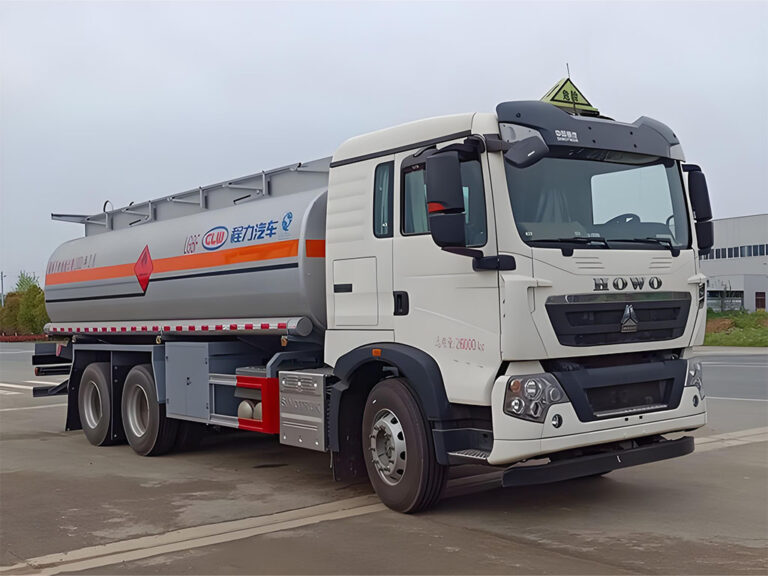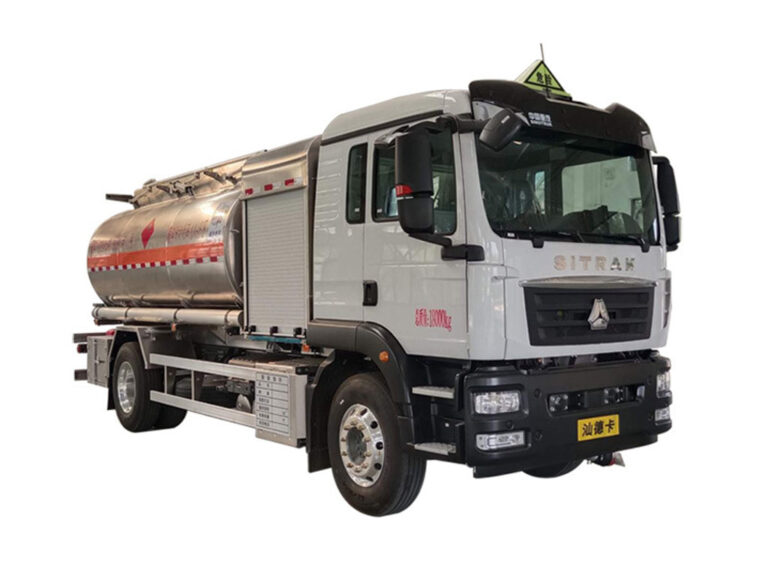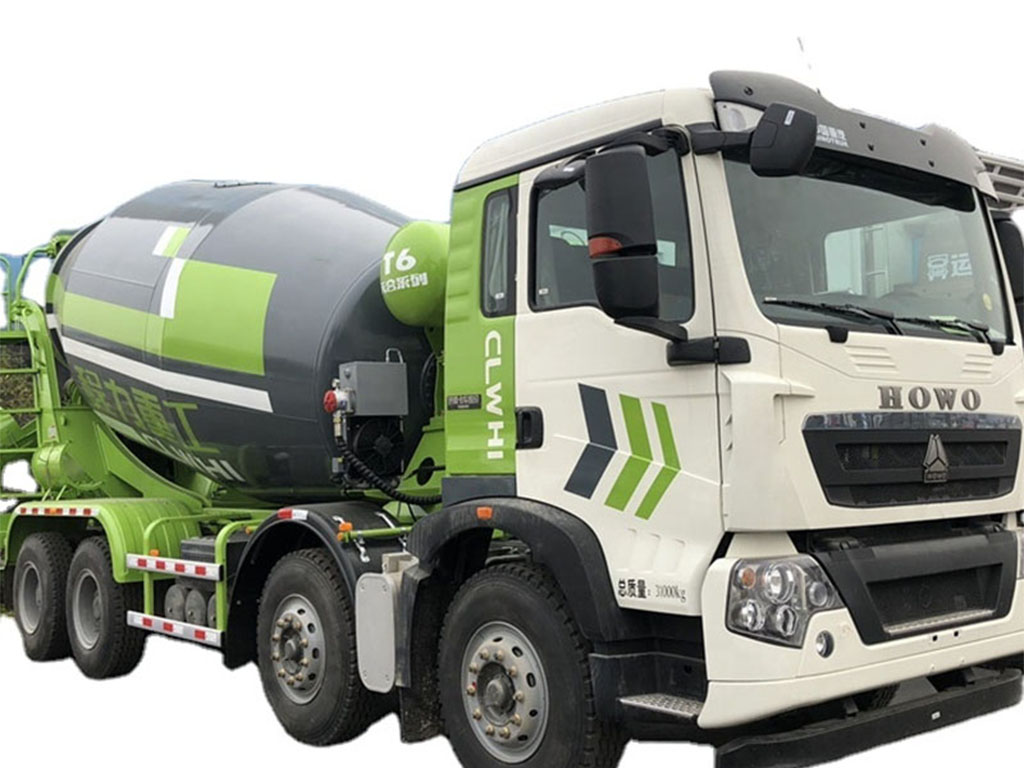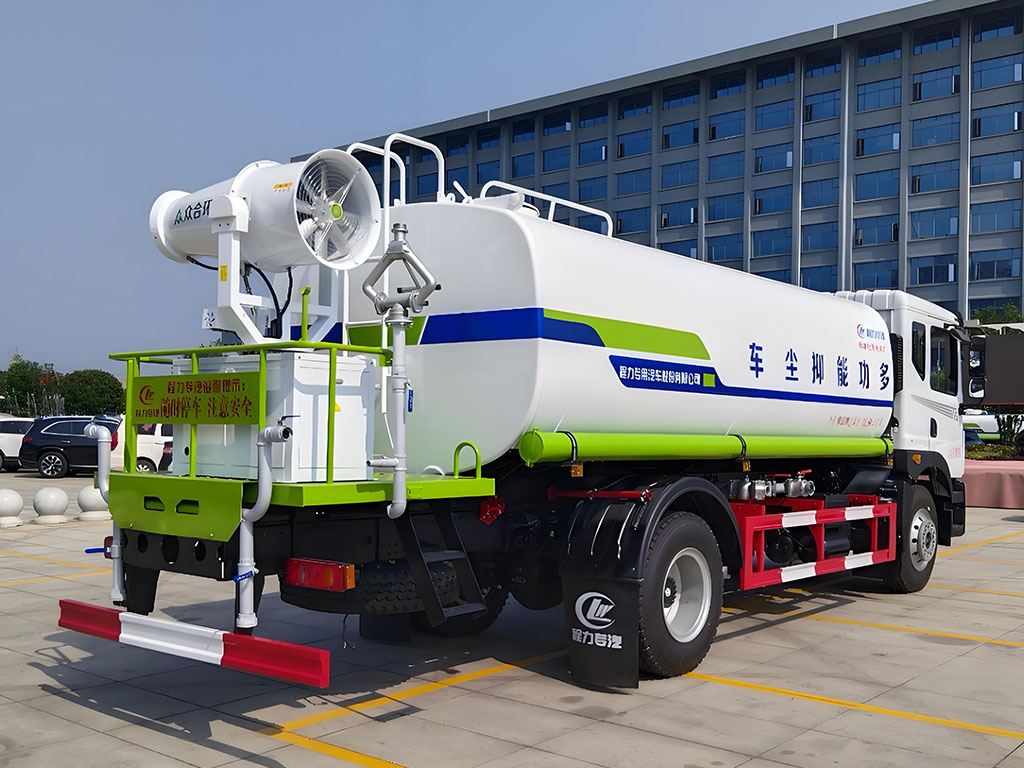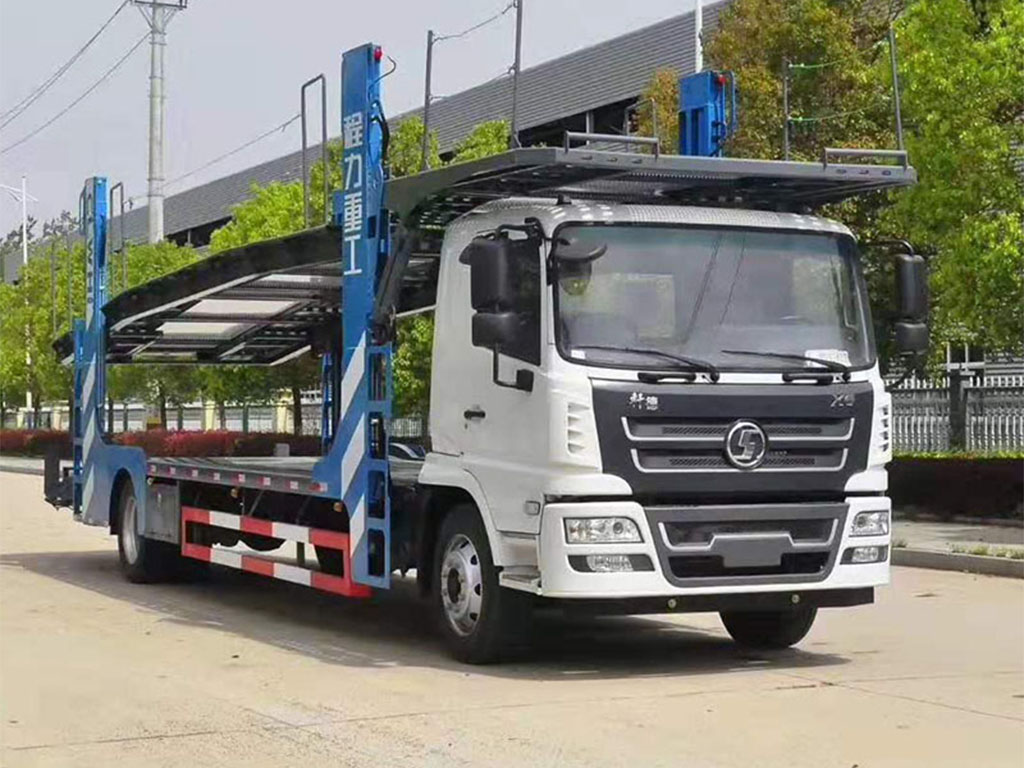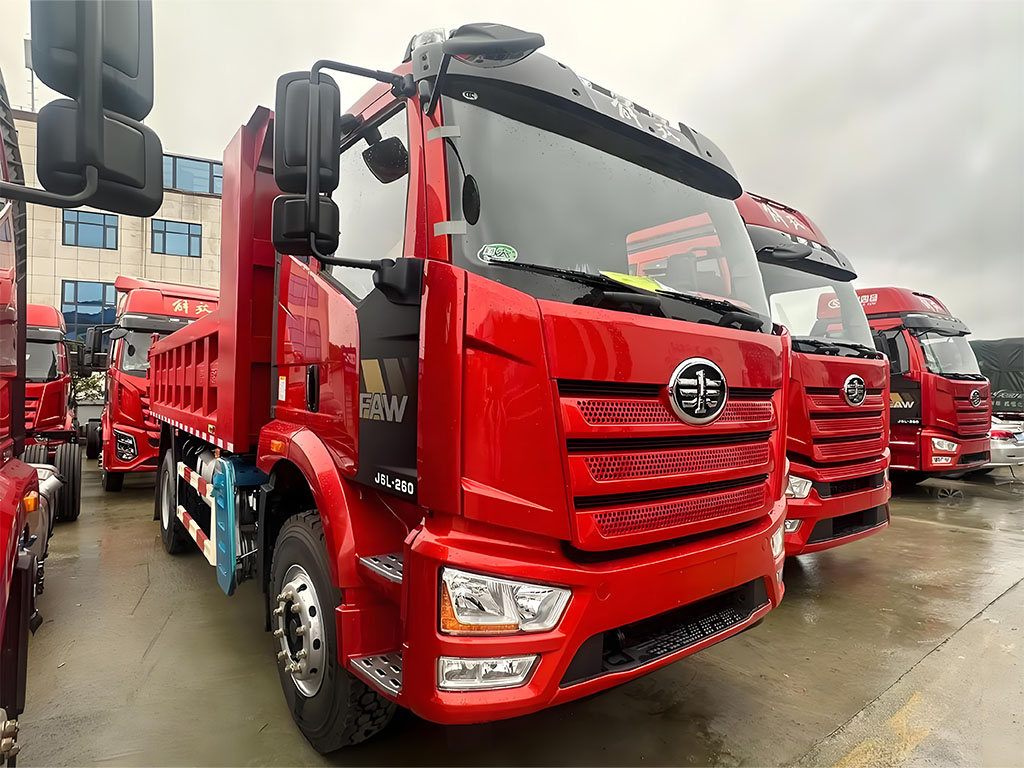-
Chengli Automobile Industry Park, Suizhou, Hubei, China
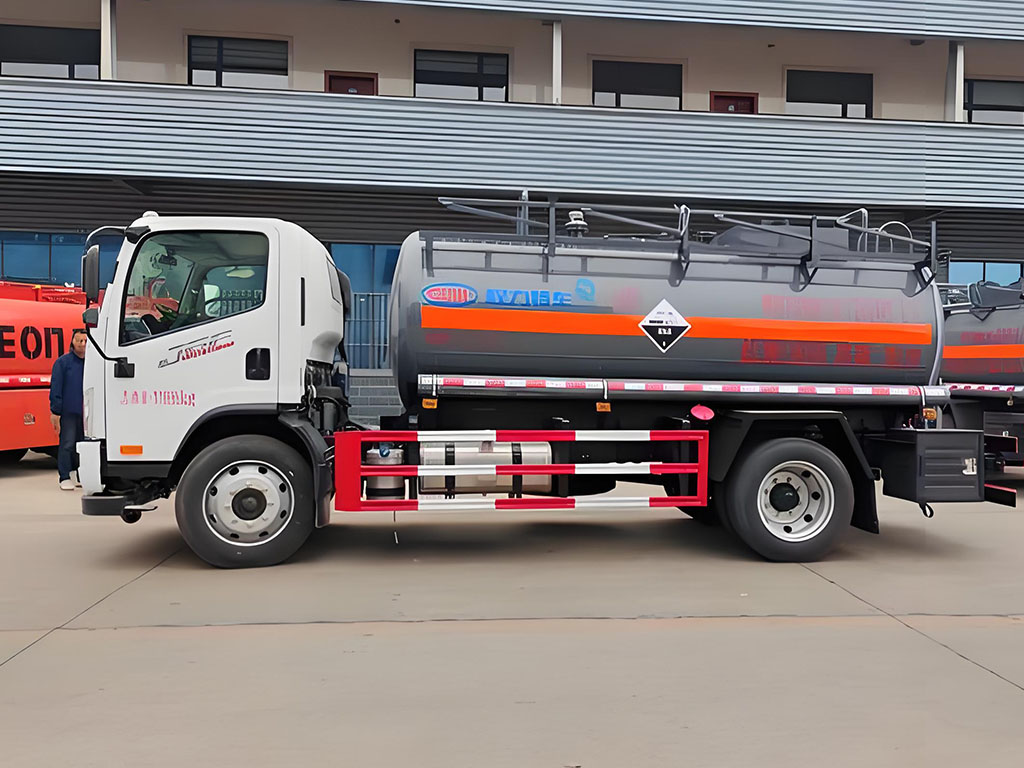
Tanker Application Differences: Small vs. Large Airports
Do you know how airplanes get their fuel? Today, I’ll show you the big and little ways airports use tankers and fuel systems. You’ll see how CLW GROUP makes trucks that fit all airport needs. Fuel is what keeps planes flying, and the way we move that fuel changes a lot from a small airport to a huge one.
What Makes Airports Different?
Airports can be small or big. Here’s how we tell:
Small Airports
- Fewer runways
- Less busy
- More general aviation planes (like private jets)
- Some commercial flights
- Need simple fueling systems
Large Airports
- Many runways
- Busy with flights all day
- Big airliners, cargo, and international flights
- Need advanced refueling systems and more help
When we know the airport size, we know which tanker fits best.
How Tankers and Fuel Systems Work
Fuel is moved by fuel trucks or hydrant systems. Let’s see what works where.
Small Airports: All About Fuel Trucks
- Fuel trucks drive to each plane.
- Trucks hold aviation fuel like Jet A, Jet A-1, and Avgas.
- Trucks can handle spill prevention and have safety tools like grounding cables.
- These airports may just use one or two trucks—simple and smart for fewer planes.
Pros of Fuel Trucks:
- Easy to move and use
- Lower price to start
- Regular maintenance is simple
Cons of Fuel Trucks:
- May not keep up on busy days
- Trucks can only do a few planes at a time
At CLW GROUP, we build trucks for every airport. Each truck can be customized for job needs. Want to see a water tank truck for another job? Check this.
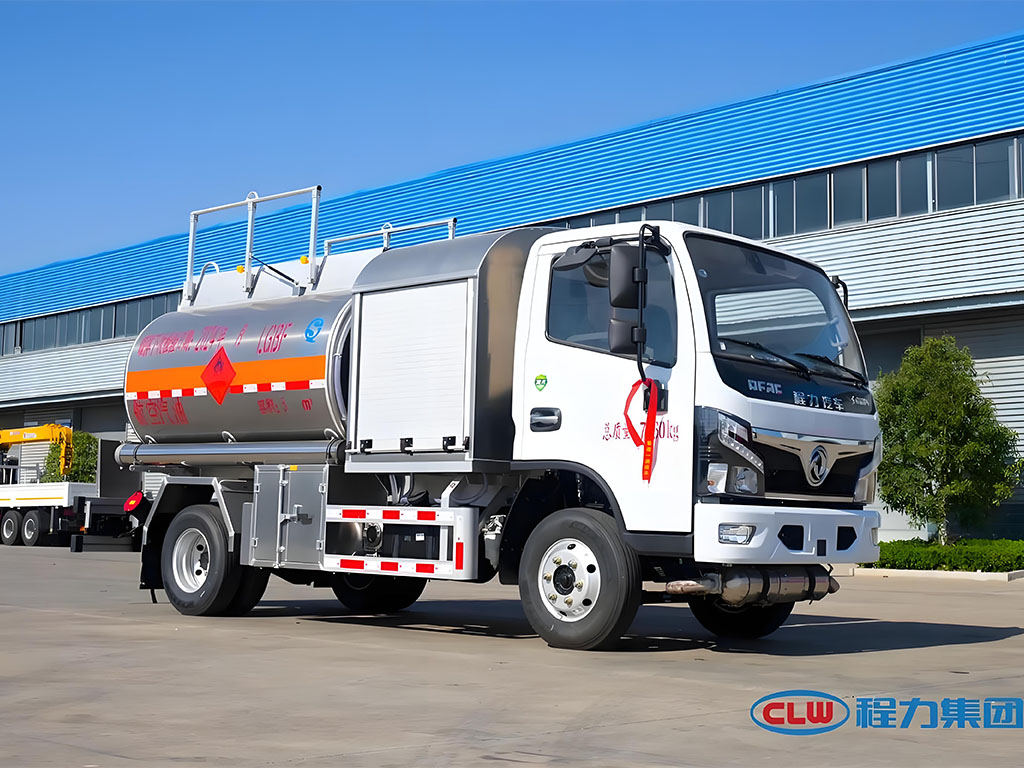
Large Airports: Hydrant Systems Rule
- Hydrant systems are pipes under the ground
- Fuel comes from big fuel farms right to airplane gates
- Special trucks called hydrant dispensers connect pipes to planes
- Fuel moves fast for lots of big planes, even wide-body jets
Pros of Hydrant Systems:
- Super fast refueling
- No traffic jams with trucks
- Saves money over time for lots of flights
Cons of Hydrant Systems:
- Costs a lot to build
- Harder to fix if something goes wrong
- Needs strong safety checks
CLW GROUP gives airports smart ideas—build what fits your needs and budget.
Hybrid Fueling: Blending Both Ideas
- Some airports use trucks and hydrant systems
- Trucks help in spots where pipes may not reach
- Hydrant system works for most gates
This flexible plan meets all fueling needs.
Differences in How Airports Refuel
Let’s see what happens each day.
Small Airports
- Lower volume, so refueling isn’t all the time
- Smaller planes, with less fuel needed
- Easy to plan—airport crews talk right to pilots
- Turnaround is okay; not rushed
Large Airports
- High volume, always moving fuel
- Commercial, cargo, and military planes need lots of fuel
- Scheduling takes lots of work—lots of teams talk to each other
- Speed is key; quick turnaround matters for airline schedules
Why Safety Matters
Safety is important in both kinds of airports.
Safety at Small Airports
- Watch for spills from trucks
- Use electrical grounding
- Train staff with safety rules
Safety at Large Airports
- Guard pipes and check pressure
- Watch hydrant systems for leaks
- Special training for big crews
Safety checks are always first. At CLW GROUP, we make sure trucks follow every rule and come with safety features.
Airport Fueling Table
Take a look at this easy table:
| Feature | Small Airports | Large Airports | Why It Matters |
|---|---|---|---|
| Fuel System | Trucks | Hydrant Systems, Dispensers | Trucks = simple, hydrants = fast |
| Fuel Storage | Small tanks, supplier deliveries | Big fuel farms, high capacity | Small = more deliveries, large = bulk storage |
| Truck Fleet | 1–5 trucks | Many trucks, specialized | Small fleet = possible wait, large = ready always |
| Refuel Volume | Lower, small planes | High, big jets | Trucks for small, hydrants for big |
| Frequency | Less often | Always, non-stop | Big airports never rest! |
| Crew Training | Basic, covers many jobs | Specialized, advanced skills | Teams match the job |
| Cost Investment | Lower, simple trucks | High, big systems | Investment matches growth |
| Speed | Good for GA planes | Very fast, quick turnarounds | Efficiency matters in large hubs |
| Safety Focus | Truck safety, spills | System pressure, leak checks | Different risks, same safety |
Meeting Your Needs: Choose the Best Fuel Solution
What do you need at your airport? Simple trucks or a smart hydrant system?
Let’s look at a story.
Case Study Stories
Small Executive Airport:
This airport bought two CLW GROUP trucks, one for Jet A and one for Avgas. Each truck holds 2,000 gallons. The airport manager loves the trucks—less money spent, easy for staff to use, and CLW GROUP helped set up safety training with every delivery.
Large Cargo Hub:
A busy cargo airport uses hydrant systems from a giant fuel farm. They added CLW GROUP hydrant dispensers for spots far from the main terminals. Fast fueling lets planes take off quickly, keeps the cargo moving, and saves money on labor.
Major International Airport:
The big international hub uses both systems. CLW GROUP made custom trucks for remote gates where pipes don’t reach. Hydrant system and trucks together keep every airplane fueled on time.
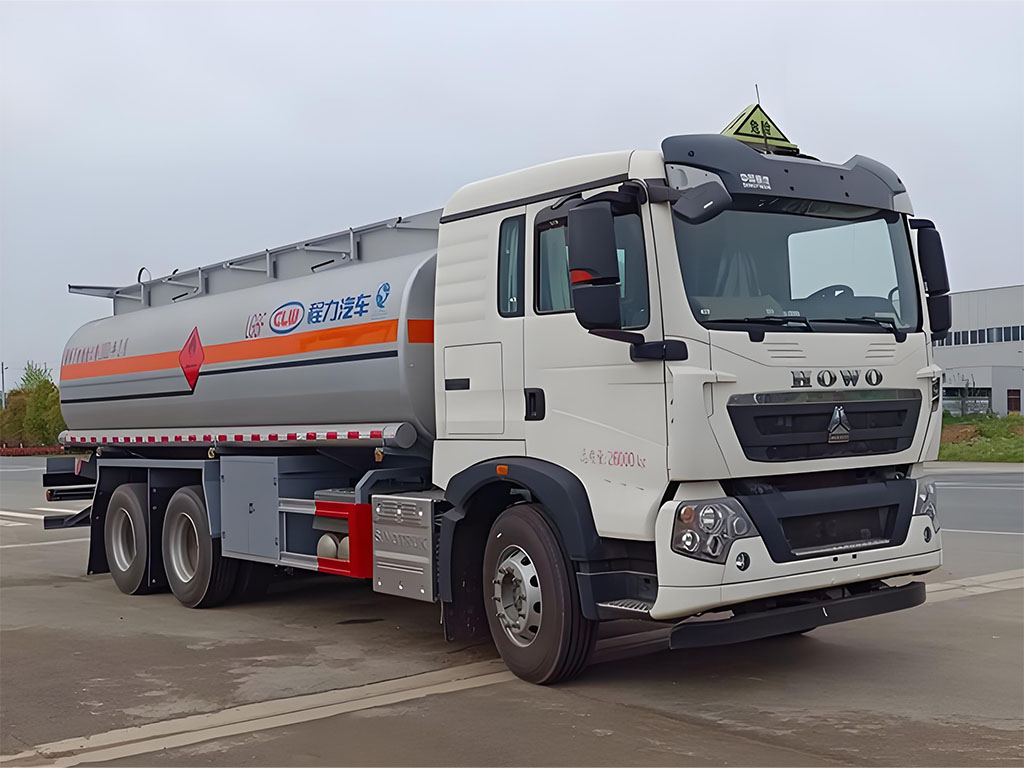
Economic Factors: Your Business and Your Budget
Cost is big when you pick a tanker or fuel system.
For Small Airports
- Fuel trucks cost less to buy
- Maintenance is simple
- Buy fuel as you need it
For Large Airports
- Hydrant systems and fuel farms take big money to build
- Trucks still help, but systems do most of the work
- Buying fuel in bulk saves long-term
Would you like to learn about trucks for material handling? Visit us for more ways CLW GROUP can help.
Smart Ways CLW GROUP Solves Problems
CLW GROUP is your professional automobile manufacturer.
We offer:
- Customized production for any airport size
- Vehicle delivery—your trucks arrive ready to fuel, fast
- After-sales services so your trucks never stop working
- Technical consulting for all safety, fuel needs, and airport planning
We listen to what you need. We know all about airport fueling safety and airport certification. Our team helps with regulatory requirements for fuel trucks, fuel hydrant systems, and even fuel management software.
We bring ground support equipment, fuel farm management, fuel depot solutions, and general aviation fueling expertise.
Want more? See our special trucks factory and discover how we can help you.
Looking Ahead: The Future of Fueling
Airports are changing. Let’s see what’s next.
Sustainable Aviation Fuel (SAF):
- Airports want fuel that helps the planet
- CLW GROUP trucks can carry SAF with special tanks
Electric and Hydrogen Aircraft:
- New planes need new fuel
- CLW GROUP builds trucks for electric charging and hydrogen fuel
Automation and Technology:
- Fueling ramp safety and fuel management software make things easier
- CLW GROUP offers the newest technology in every vehicle
CLW GROUP: A Trusted Partner
Why do airports choose CLW GROUP for their fuel truck needs?
- We use only tested aviation fuel standards
- Our trucks come with fuel meters, spill containment, and nozzles for every aircraft type
- We help FBOs plan airport development with fueling system capacity planning
- Our trucks bring fuel quality and cost-effectiveness together
Want trucks for handling waste? Check how we help airports with food truck waste disposal.
Benefits of CLW GROUP Trucks
Here’s what you get when you work with CLW GROUP:
- Fast delivery, anywhere in the world
- Full support—from planning to after-sales help
- Custom designs—your fuel needs, your way
- Safety and compliance, every time
Our aviation fuel suppliers, airport authorities, and aircraft manufacturers trust our products. We meet every environmental regulation and optimize fueling efficiency.
Let’s Solve Your Airport Fuels
You need fuel trucks, hydrant systems, or both. CLW GROUP builds custom vehicles for every airport, big or small.
- Need a truck for a small airport?
- Want a hydrant dispenser for a large hub?
- Looking for fuel additives, fueling operator training, or fuel island design?
Just ask us. We help with refueling operations, fuel farm management, fuel quality control, and everything in between.
See more about our premium trucks for cargo, cement, and auto transport. Explore auto transport trucks for your next project.
See It All In One Spot
Let’s glance at all the important words and ideas we’ve covered:
- General aviation fueling differences
- Commercial aviation fueling requirements
- Ground support equipment
- Fuel truck vs. hydrant system comparison
- Airport fueling safety
- Regulatory requirements
- Fuel management software
- Aircraft turnaround time
- Environmental regulations
- Capital investment in fueling systems
We used examples, stories, and facts. We showed how you can get the fueling operational efficiency and safety standards you want.
References
- CLW GROUP Truck Manuals
- FAA Safety Fueling Guidelines
- International Aviation Fuel Standards
- Airport Certification Guides
- Civil Aviation Authority Reports
Take The Next Step
Are you ready to choose a fuel tanker, hydrant system, or both?
Contact CLW GROUP for:
- Professional advice
- Custom-built trucks
- Technical support
- Fast delivery worldwide
We’re here to meet your airport fueling needs, with expertise, experience, authoritativeness, and trustworthiness that you can count on.
Visit our special trucks factory now and see all we offer for you.




